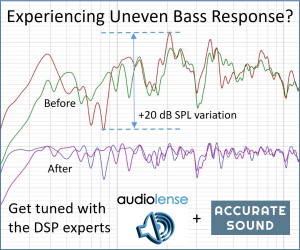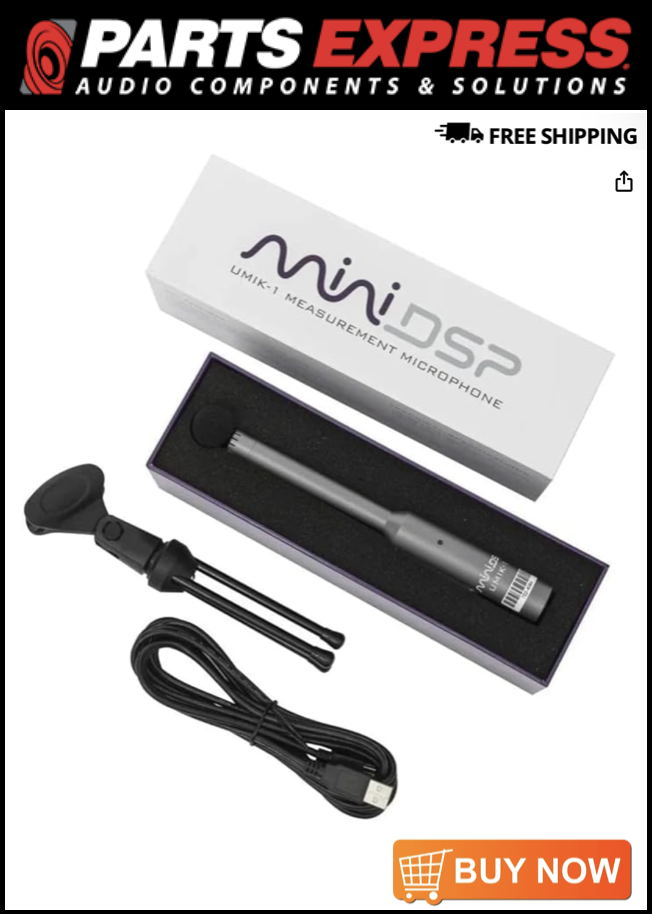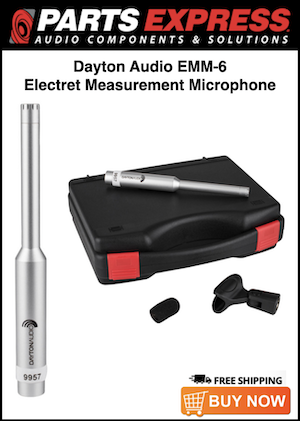It is called art... Fortunately professional control rooms aren't similar and don't sound similar... Music and sound tracks would get really boring... Imagine only one singer, one piano, one guitar, one drum kit, etc... Only one mic, only one equalizer, one mixing board... One speaker... Well, maybe you get my point... Just think of all the creators of fine musical instruments and all the creators of amplifiers, speakers etc... Choices are good... Part of the skill of being an artist is knowing and picking the various parts and pieces that bring a signature sound together... Vive la difference...












